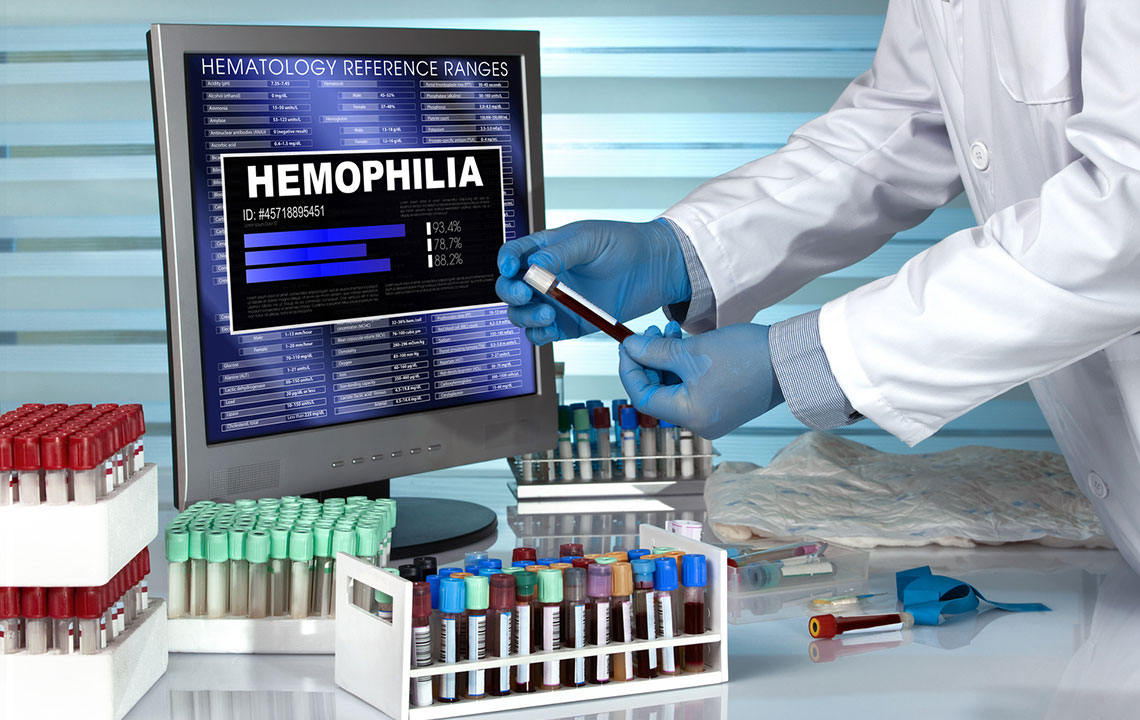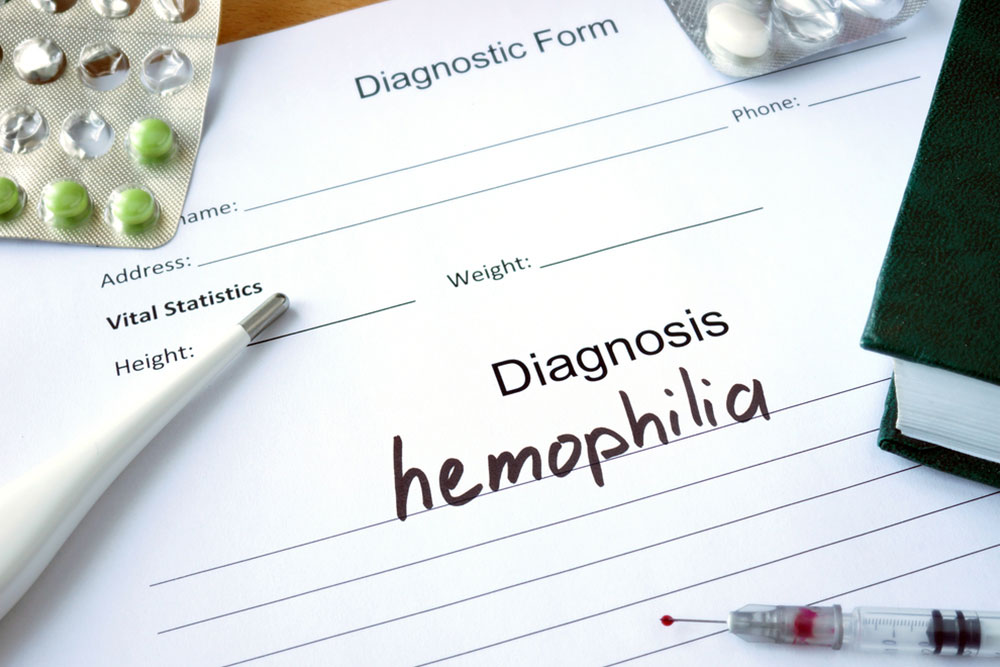Understanding Hemophilia: Diagnosis and Outlook
This article explores hemophilia, detailing its types, diagnosis methods, and prognosis. It emphasizes the importance of early detection, blood tests used for diagnosis, and advances in treatments that improve patient outcomes. Hemophilia, a hereditary bleeding disorder, can be managed effectively with modern care, allowing individuals to lead fulfilling lives. The article also highlights the varying severity of the disease and the role of prompt intervention in enhancing life expectancy and quality of life.

Understanding Hemophilia: Diagnosis and Outlook
Hemophilia is a genetic disorder characterized by the deficiency or absence of specific blood-clotting proteins, leading to impaired blood clot formation and excessive bleeding. Individuals with hemophilia often experience easy bruising, prolonged bleeding, and spontaneous hemorrhages, including internal bleeding. It is a rare but serious condition inherited from family genes.
The Centers for Disease Control and Prevention (CDC) identifies two main types: Hemophilia A and B.
Hemophilia A, the most common form, results from a deficiency in clotting factor VIII. According to the National Heart, Lung, and Blood Institute (NHLBI), about 80% of cases are Hemophilia A. Hemophilia B, also known as Christmas disease, stems from a lack of factor IX. Although hemophilia typically presents at birth, in rare cases it can be acquired later in life, called “acquired hemophilia.” Treatment strategies focus on managing symptoms and preventing complications, as the disorder currently has no cure.
Diagnosis of Hemophilia
When a person with symptoms of bleeding visits a doctor, the initial step involves reviewing their medical history. Diagnosis relies heavily on blood tests that assess clotting function. Common tests include:
Complete Blood Count (CBC) – measures red and white blood cells, hemoglobin levels, and platelets. Lower hemoglobin and RBC counts signal ongoing bleeding issues.
Prothrombin Time (PT) – evaluates how long it takes blood to clot, highlighting deficiencies in clotting factors VIII, IX, XI, or XII if results are prolonged.
Activated Partial Thromboplastin Time (aPTT) – measures clotting efficiency of factors VIII, IX, XI, and XII; prolonged times suggest hemophilia.
Fibrinogen Test – assesses clotting factor I, fibrinogen; often combined with other tests when clotting abnormalities are detected.
Prognosis of Hemophilia
The severity of hemophilia varies from mild to severe, depending on the degree of clotting factor deficiency. Severe cases can lead to dangerous internal hemorrhages, notably in organs or the brain, with approximately 10% experiencing intracranial bleeding. Children diagnosed with hemophilia may face academic challenges and emotional issues but can lead productive lives with proper medical care, counseling, and education. Advances in clotting factor therapy and comprehensive treatment plans have significantly improved quality of life and longevity for patients. With appropriate care, individuals often live only a decade less than healthy peers. The prognosis heavily depends on timely intervention and managing other health conditions, greatly reducing life-threatening complications caused by uncontrolled bleeding.










